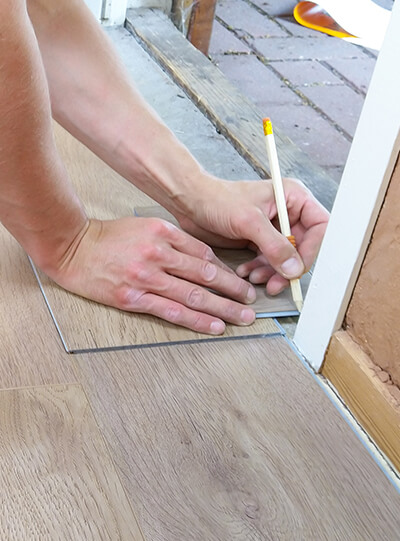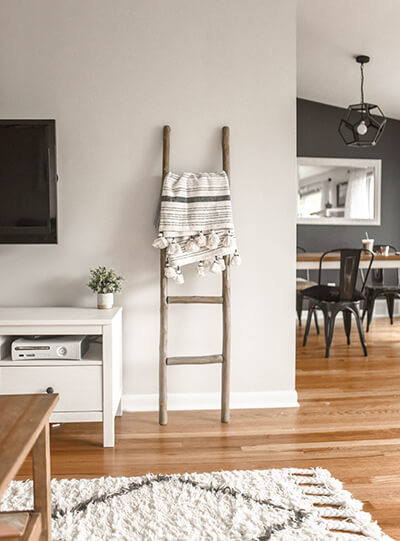- +91 9526149991
- info@skylightarchitects.com
Floor Plan Design
Our architect follow the trends of world best interior design concept.
A floor plan design is a detailed and scaled representation of the layout and arrangement of spaces within a building or a specific floor of a building. It serves as a crucial visual guide for architects, interior designers, contractors, and homeowners during the planning and construction stages of a property.

Key elements of a floor plan design include:
Room Layout: The floor plan outlines the various rooms and spaces within the building, including bedrooms, bathrooms, living areas, kitchen, dining room, utility rooms, and more. Each room is labeled for easy identification.
Dimensions: The floor plan includes accurate measurements of the overall size of the building or floor, as well as the dimensions of each room and the distances between walls, doors, and windows.
Walls and Partitions: Clear lines represent the location and thickness of walls, partitions, and dividers, indicating the separation between rooms and open areas.
Doors and Windows: Doors and windows are depicted with appropriate symbols, illustrating their sizes, placements, and swing directions.
Traffic Flow: The floor plan shows how people can move through the space, depicting the placement of entrances, hallways, staircases, and any other circulation paths.
Utility Systems: Locations of electrical outlets, switches, plumbing fixtures, heating, ventilation, and air conditioning (HVAC) vents, and other utilities are usually marked on the floor plan.
Furniture and Fixtures: Depending on the level of detail, some floor plans may include furniture and fixture placements to help visualize the interior design.
Notations and Labels: Descriptive labels and notations are added to provide additional information about specific features or design elements.

Floor plan designs are essential for several reasons:
Space Optimization: They help ensure that the available space is used efficiently and that the layout meets the functional needs of the occupants.
Visualization: Floor plans provide a clear and intuitive visual representation of the property's layout, making it easier for stakeholders to understand the design intent.
Construction Guidance: Contractors and builders rely on floor plans to construct the building accurately, following the architectural design.
Interior Design: Interior designers use floor plans to plan furniture layouts, color schemes, and decorative elements.
Safety and Regulations: Floor plans aid in assessing safety aspects, emergency exits, and adherence to building codes and regulations.
BRANDS
Our Top Partners


















